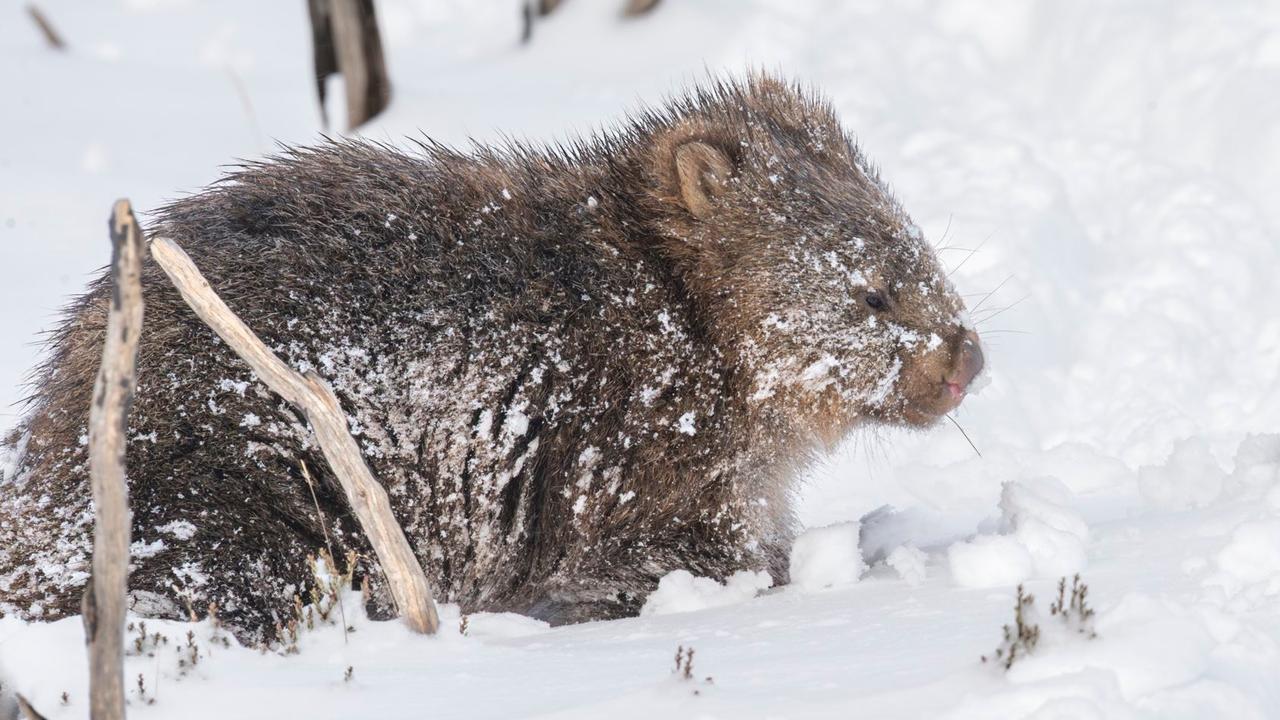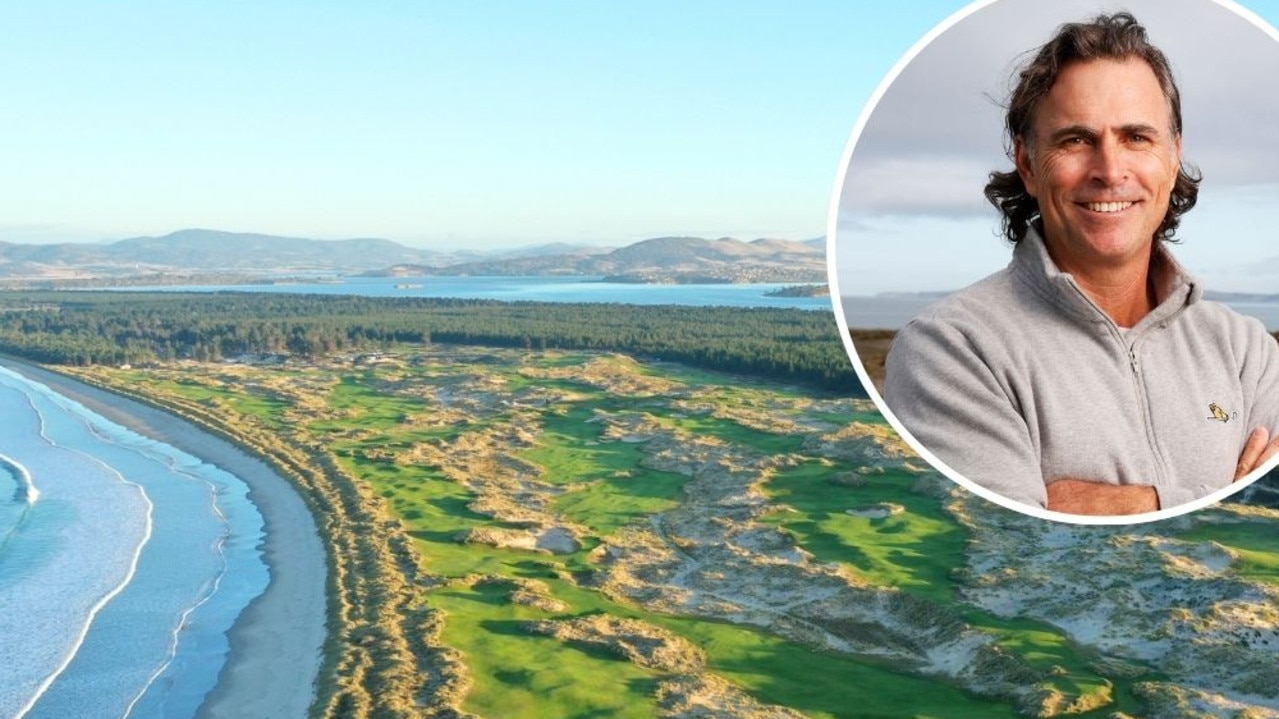Tasmanian filmmaker Tim Noonan on the hunt for the truth behind the thylacine’s extinction
The Tasmanian tiger has been a mystery for decades and now a new documentary explores the most credible eyewitness accounts.

Tasmania
Don't miss out on the headlines from Tasmania. Followed categories will be added to My News.
It’s been nearly 100 years since the last known thylacine died in captivity but there are still groups of dedicated tiger hunters out to prove to the world the enigmatic animal is still out there.
“None of these people wanted money or fame, in fact I had to convince them to be on camera,” multi award-winning Tasmanian solo filmmaker, journalist and reality TV star Tim Noonan said.
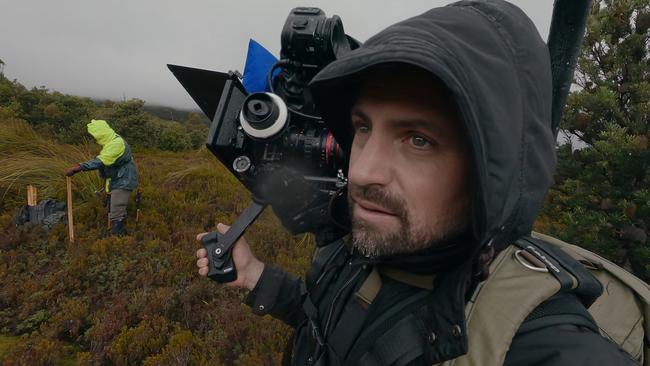
Launceston born Noonan has undertaken one of the most credible investigations into the tiger — working closely with the University of Tasmania to determine and investigate some of the most valid eye witness accounts of the animal that are still occurring decades after the last “known” sighting.
As a solo filmmaker — Noonan filmed and starred in the entire two-part documentary as a one-man crew. He employs local Tasmanians to help with post-production.
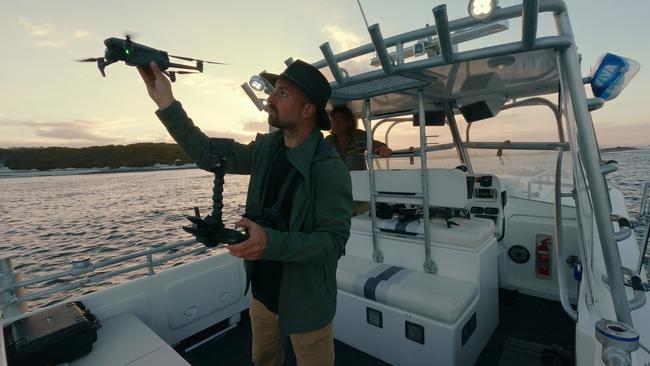
His “hunt for the truth” has taken him into the most remote corners of Tasmania, and even overseas to Papua New Guinea- in an attempt to answer the question he believes arises from more than 1200 eyewitness accounts of the tiger in the years since it was declared extinct.
“Did we let it go extinct twice?” Noonan asks.
Noonan joined University of Tasmania casual research associate and volunteer expedition lead Kenji Sabine and Dr Jessie Buettel as they helped deploy more than 2000 motion detecting cameras around Tasmania as part of a wildlife monitoring and land use change program.
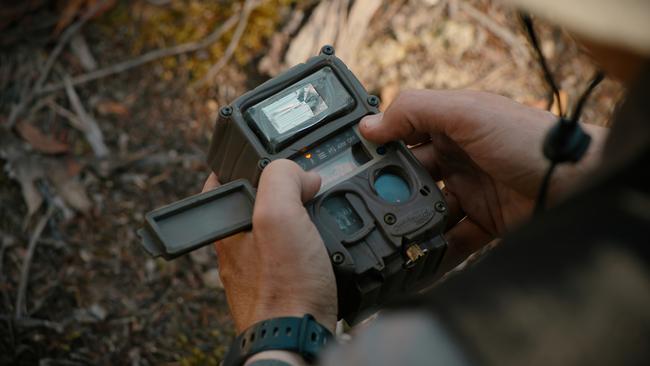
“It isn’t a conspiracy to say that maybe there could be a few individuals just hanging on and potentially going extinct at any second,” Mr Sabine said.
“That’s not out of the realms of plausibility.”
Head of discipline for biological sciences at UTAS laureate professor Barry Brook is an expert on the tiger and features in the documentary.
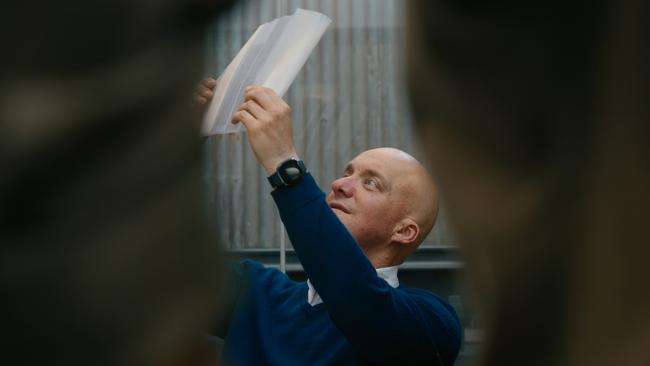
He helped advise Noonan on the most credible eyewitnesses to interview including the reclusive “Tiger Man”, a secretive scientist that has been trying to track the tiger since his own sighting.
Noonan said it took months of negotiations before Tiger Man agreed to be part of the documentary.

He interviewed several other “tiger hunters” who all had an encounter with the animal and were now desperate to prove its ongoing existence.
Prof Brook said he believed the tiger was extinct, but said he only came to that conclusion in the past few years.
“Before that I would have said it’s probably extinct,” he said.
“Now I would say it’s almost certainly extinct, but there are some areas that could still be searched.
“That’s the thing about extinctions, it’s an absence of something, which you can’t prove.
“If I had to place a bet I would say they probably went extinct somewhere between the 1960s and 1980s.”
Noonan said if we were wrong about the official extinction date, we could be wrong about the extinction.

Noonan explores these questions with Prof Brook, other researchers and recent eyewitnesses in the first episode of The Hunt for Truth, airing on SBS on Wednesday, June 12 at 7.30pm.
The Hunt For Truth is an ongoing investigation, and while the data from the camera operation is still to be analysed, Noonan hopes the airing of the second episode will crowdsource further tip-offs from the public for one final episode and to close the book on what he says is “nature’s greatest cold case”.
“If it is still out there it would be an absolute tragedy if we were to repeat history’s mistakes again,” Noonan said.
Originally published as Tasmanian filmmaker Tim Noonan on the hunt for the truth behind the thylacine’s extinction




